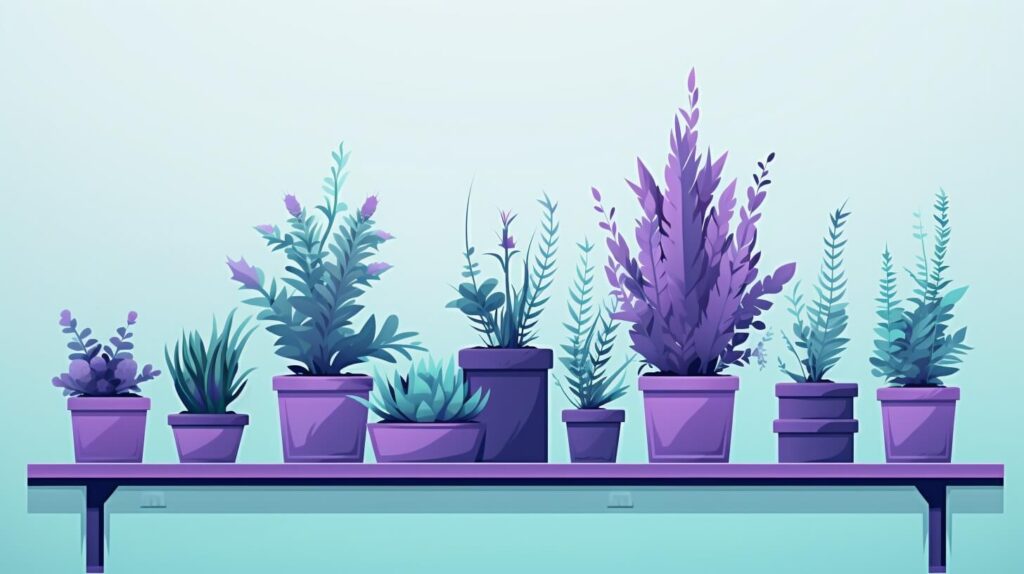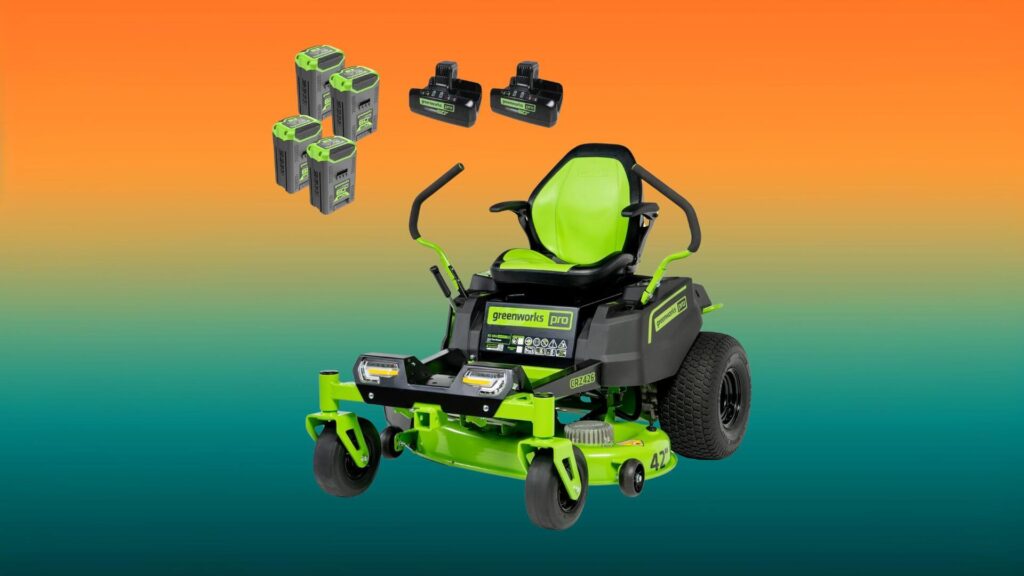
We are reader-supported. When you buy through links on our site, we may earn an affiliate commission.
Plants are all the rage these days. If you haven’t picked up the hobby-craze yourself, you probably have a few friends whose apartments look like a jungle. All that greenery gets pricey, especially if you frequently fall in love with rare or ornamental varieties. Filling out some pots with propagations — or keeping backups in case your green thumb isn’t too green yet — is a lifesaver for your wallet. Here’s a guide on how to propagate plants in a way that increases your chances of success.
What Is Propagation?
Plant propagation is the process of growing new plants from seeds, cuttings or layering. However, cuttings are the most common propagation metho for houseplants.
Cuttings guarantee your new plant will have the exact same characteristics as the original plant and grow much faster than when starting from seed. Some plants will sprout new roots right from where you cut them, while others have little nodes you want to make sure you get in the cutting.
Water is the most common propagation medium — you might’ve seen your plant-obsessed friends filling jars with cuttings in their “propagation stations.” Most need water and a bit of sunlight, but some — like fiddle leaf figs and ZZ plants — propagate much faster in soil. Whichever medium works best for the species you want to grow may take some trial and error or a quick internet search for advice.
How to Propagate Plants
Exactly how you propagate one of your plants will depend on what it roots in best and the cutting size you need. Here’s a basic overview of the process you should follow.
1. Fill a Cup With Your Growing Medium
Start the process by getting a clear cup — many people use glass tumblers — and filling it with your growing medium of choice. As stated before, some are fine with water and others will only root in dirt. Typically, those with thinner stalks will root easily in liquid, while a woody-stemmed plant likely prefers soil.
2. Gather Your Cuttings
Naturally, you need to get some cuttings to put in the growing medium. You can use either a knife or scissors to cut the plant — whichever is sharper, as you don’t want to do too much damage to the stalk. Take a piece with a lot of leaves, as that one will get enough energy to produce roots and keep growing.
Some plants have nodes, which are little bumps sticking off the stem. These are where the roots will pop out on these cuttings, so try to get a few of them in one piece. Also, don’t worry about making the cut close to the node, as it needs some room to grow.
3. Use a Rooting Hormone (Optional)
A rooting hormone can skyrocket the chances of your cuttings taking root. Unless you’ve tried to propagate a specific plant a few times without success, you don’t truly need it. However, it can make the process much faster.
There are two kinds of rooting hormones — a natural and a synthetic version, both containing the vital rooting protein auxin. The natural variety is made of seaweed and has no additives. Synthetic rooting hormones can have added anti-rotting agents, but they can irritate your eyes, lungs or skin if you’re not careful. Remember to exercise caution if you’re using the latter.
To use the rooting hormone, put a bit of it in a dish. You don’t want to stick your cutting right into the container because doing so could contaminate the whole batch. If the hormone is a powder, simply wet the end of the cutting, dip it in the hormone and tap off any excess. A gel-based one doesn’t need any water — just get a good amount of it on the cut site.
4. Add the Cutting to the Growing Medium
Next, add the cuttings — with or without the rooting hormone — into your water or soil. If you’re just using water, all you need to do is stick the piece of plant in the water. Using dirt requires you to pack it around the cutting tightly enough to hold it steady and loosely enough to avoid stunting the roots.
5. Give the Cutting Some Sun
Now, it’s time to find the best spot for your propagation station. Believe it or not, cuttings do best in bright but indirect sunlight. If they get too much sun, the stems and leaves could dry out, while not enough doesn’t give them adequate energy and could cause the cutting to rot. Somewhere that gets a lot of light but has a spot that doesn’t get direct beams is perfect.
6. Change Out the Water and Keep a Close Eye
Unfortunately, “set it and forget it” doesn’t apply to propagation. You need to check it now and then to ensure there’s enough water in the container if you’re using water-based propagation. If the roots aren’t submerged, they’ll dry out and the cutting won’t grow.
Additionally, if the water gets too old, algae could start to form that will cause the roots to struggle. Do a complete water change-out once a week. When growing cuttings in soil, water them when the medium gets dry.
7. Transfer the Propagation to a Pot
The amount of time your cutting takes to form solid roots will depend on the exact species and growing medium, and whether you use a rooting hormone. However, once those new offshoots are 1 to 2 inches long, they’re ready to start their new life in a pot with dirt.
If you wait any more, the delicate new roots might struggle to adjust to the soil, taking even more time the longer they are. For the best results, transfer your propagations to a pot when the roots are 1–2 inches.
Learning How to Propagate Plants the Right Way
Propagating a plant isn’t rocket science — thankfully, it’s actually quite easy once you get the hang of it. Whether growing the cuttings in water or soil, you can have the lush indoor garden of your dreams with these easy steps.







